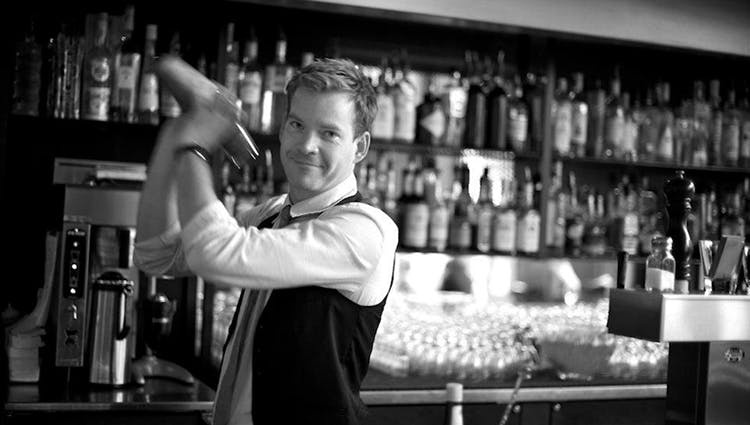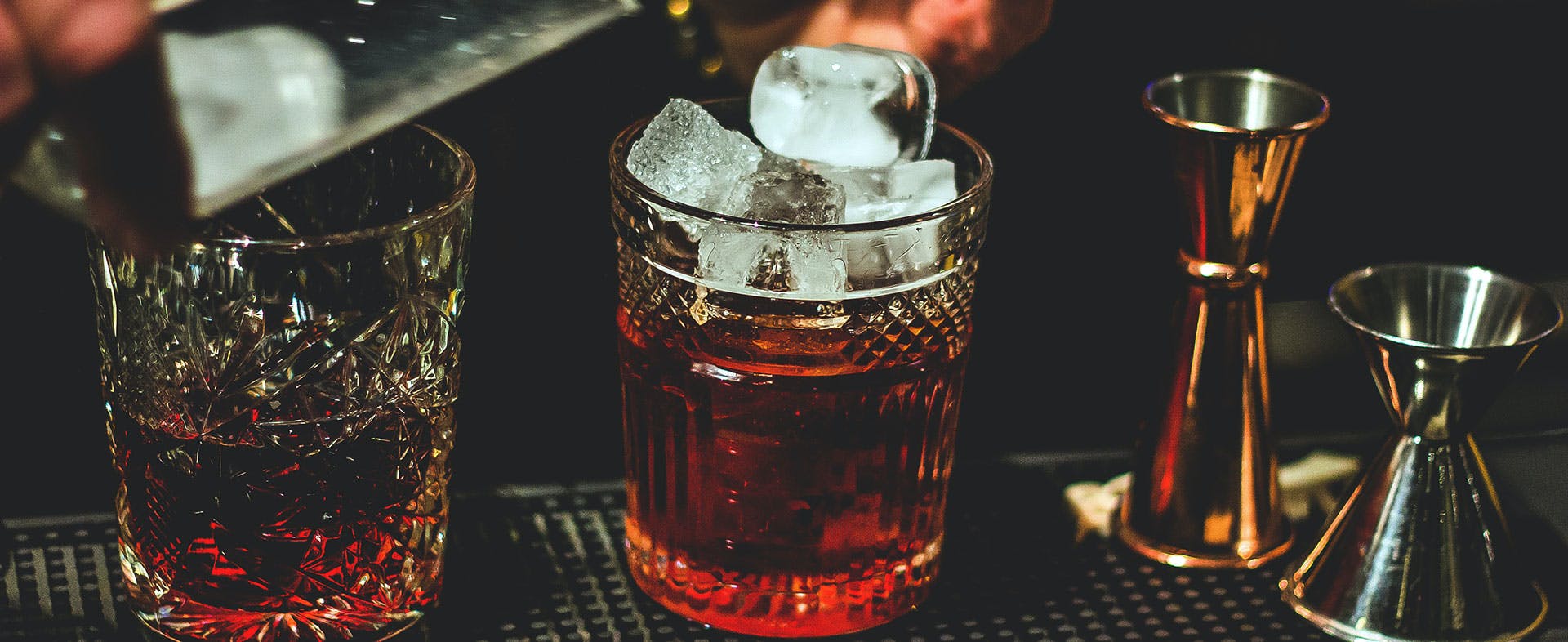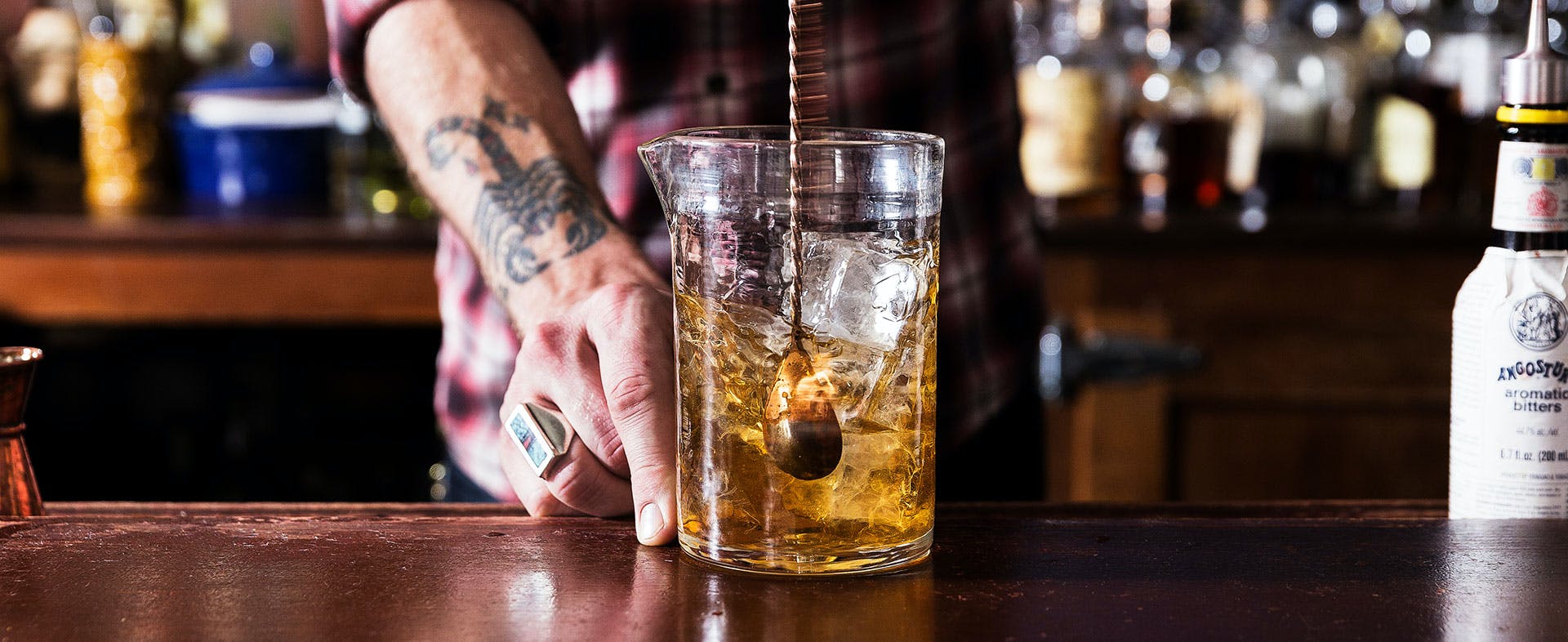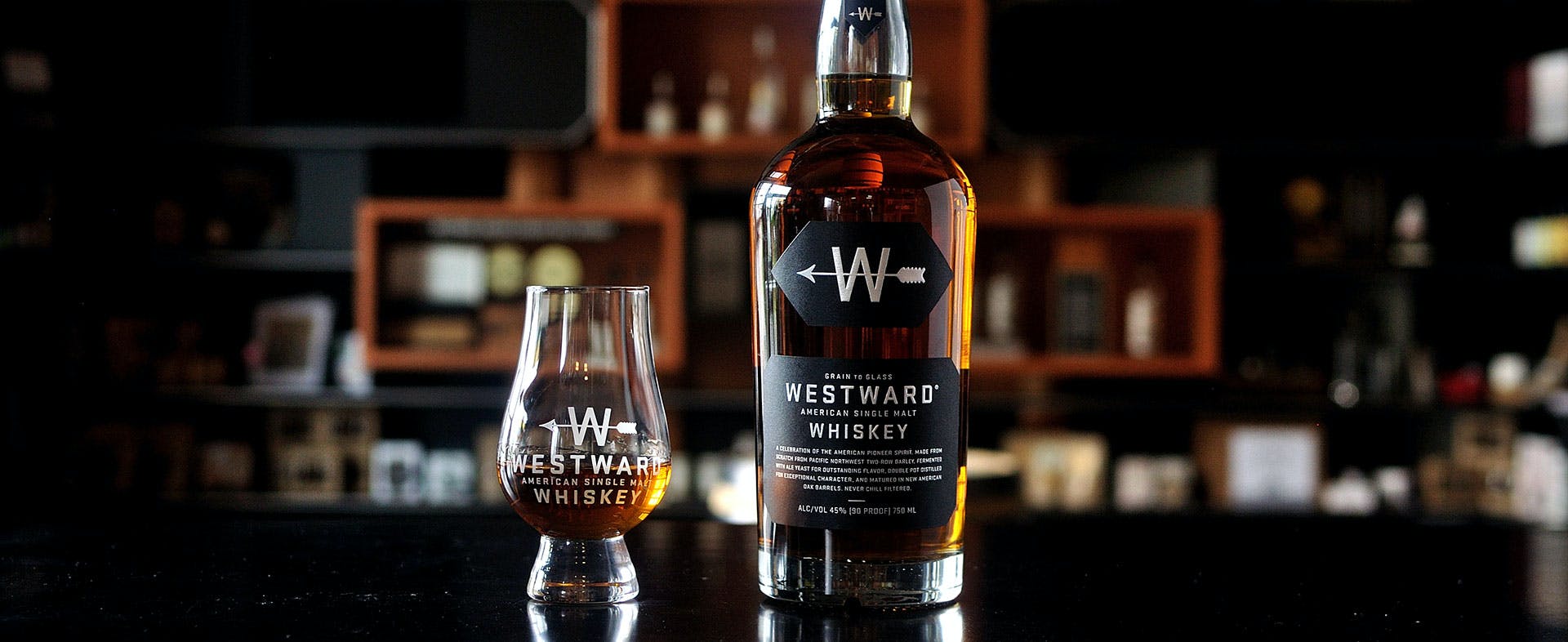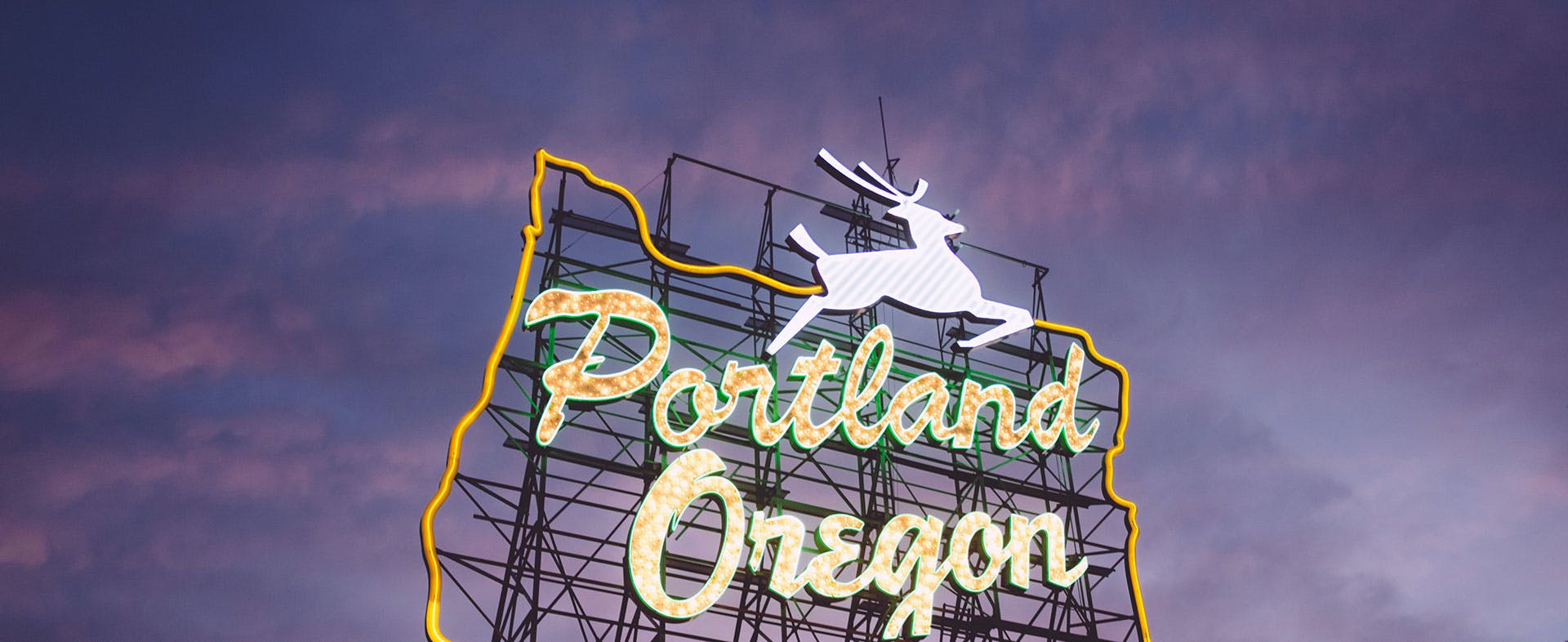Long a mecca for seekers of locally sourced, eco-conscious restaurants, the hub of Oregon and the surrounding areas are well known for biodynamic wine (see Beaux Frères, Dominio IV, Soter, Brick House and others). That's not to mention the scores of craft breweries tapping local water, hops and malted barley, and direct-trade organic coffee from Stumptown and many others. But in recent years, Portland has debuted a new refreshment repertoire through its formidable cocktail and spirits community.
The options are wide ranging, innovative and perhaps even worth the plane ticket. Popular local brands include Ransom's Old Tom Gin, Clear Creek's Pear Brandy and products from House Spirits: Krogstad Aquavit, Aviation American Gin (sold last year but still produced at House) and the recently released Westward American Single Malt Whiskey. Although most other local products aren't widely available outside of Oregon, brands from Portland distilleries enjoy a strong local following. In addition to its popular vodka, gin and whiskey, New Deal Distillery makes both a spicy ginger and a coffee liqueur. Martin Ryan Distilling eschews the new-American-style gin in favor of a classic London dry called Aria that features local juniper. Then, over at Eastside Distilling, Melissa Heim, who's considered the first female master distiller west of the Mississippi, oversees the distillation of rum and Oregon oak American whiskey, among other products. Stone Barn Brandyworks makes not only brandy, but well-regarded fruit liqueurs, whiskey and grappa (yes, grappa!). The list goes on.
Many bars around town take pride in featuring local spirits in both classic and original cocktails. "Clear Creek isn't just one of the best distilleries in Portland," Jeffrey Morgenthaler, who runs the bar programs at Clyde Common and Pépé le Moko, says. "It's one of the best distilleries in the country."
The bar at Clyde Common | Photo: Clyde Common via Facebook
From the Shadow of the Kitchen
Restaurant bars are an important player in this tight-knit cocktail community. The local cocktail scene owes a great debt to the bounty of farm-to-table restaurants that eviscerated creative barriers between chef and bartender. "Portland is a city where food and drinks are very intertwined, so you see a lot of crossover between the kitchen and bar in terms of ingredients and processes," Karen Foley, founder and publisher of Portland-based all-things-beverage magazine Imbibe, says. "In many cities, those two areas are very separate, but in Portland, bartenders and chefs often work closely together. It's pretty much the exception to the rule to see a high-end restaurant that doesn't have that kind of crossover in Portland."
But it wasn't always this way. Back in the 90s, the craft cocktail movement was incubating in a small group of restaurant bars around town. Ryan Magarian—a Portland restaurant bartender who would partner a decade later with House's Christian Krogstad and (former partner) Lee Medoff on Aviation Gin—says these early restaurants "set the late 90s standard for quality cocktails in Portland, thanks to their use of freshly pressed juices, classic cocktail methodology, along with a healthy dose of fruit purées and herbs."
These restaurant bars produced the first generation of craft cocktail bartenders in Portland, including Magarian, Marco Dionysos (who would become one of San Francisco's earliest cocktail bar trailblazers) and Lucy Brennan. "I started working at Saucebox in 1995 [with Dionysos]; they were the first restaurant/bar doing new cocktails," Brennan, who opened what many consider Portland's first modern craft cocktail bar, Mint, in 2001, says. "The opening cocktail list was about four house cocktails," Brennan remembers. Mint's offerings soon expanded and became an important bridge to what followed.
Photo: Wine Dharma/Unsplash
The Cocktail Bar Revival
Two spots that opened in 2007 raised the bar for cocktails in Portland: Teardrop Lounge and Clyde Common, a hotel restaurant with a cocktail focus. Morgenthaler, the brains and face behind the bar program at Clyde Common since 2009, sparked a phenomenon with his barrel-aged cocktails and, later, a well-received cocktail book. Now, his menu at Pépé le Moko (a speakeasy opened in 2014 just around the corner from Clyde) is known for rescuing and rejiggering tired classics, like the amaretto sour and the Grasshopper.
At Teardrop Lounge, co-owner Daniel Shoemaker realized you could approach a bar program in the same way as you would a kitchen. His experimental, innovative cocktails often included surprising ingredients (Magarian calls him "a world leader in the development of house-made bitters"). Later, he formed Commissary with TL's Sean Hoard. The company provides dozens of local restaurants and bars with fresh juices, syrups and other cocktail mixers, and has proven so popular a second location recently opened in Oakland, California. Many of Portland's top bartenders today are disciples of Morgenthaler or Shoemaker.
Photo: Tasting Table
Bartenders Get In on the Action
Serious bar pros are often curious not just about how a spirit tastes, but about how it's produced. Origin stories are particularly important to Portlanders, who have benefited from ongoing collaborations between local bartenders and craft distilleries. "The Portland consumer wants to support local businesses," Angel Teta, bar manager at Spanish-style tapas restaurant Ataula in Northwest Portland, says. "The distilleries are super into having the staff come by for trainings and tastings."
Sometimes, bartenders become so interested in distilling that they decide to join in the fun. Like Magarian before her, Mindy Kucan was a working bartender before joining a local distillery. She was behind the stick at Portland tiki bar Hale Pele and serving as a brand ambassador for St-Germain. But her interest in herbs led her to Thomas & Sons Distillery, which has been successful at creating tea-based spirits. They bottle a gin, a chai-based amaro and a fernet, among others. Kucan is now assistant distiller at Thomas & Sons, owned by the Townshend's Tea Company, which operates a popular small chain of tea houses and sells its Brew Dr. Kombucha products in grocery stores all over Portland.
The benefits are twofold: Thomas & Sons taps into Kucan's creativity and understanding of what bartenders want, while Kucan expands her professional expertise. For example, Kucan and her Townshend's colleagues developed a spin on the classic Trinidad Sour that they call an "East Indies Sour." The drink swaps Angostura bitters for their Kashmiri bitter tea amaro and uses Bluebird Alpine Liqueur in place of rye.
From Cocktails to Sippers
After helping popularize American-style gin as an internationally known cocktail ingredient, House Spirits has turned its attention to a new category of sipping whiskey known as American single malt. Its Westward Whiskey—fermented and distilled in Portland with local malted barley and brewer's yeast—launched nationally last year and joins a number of widely available single-malt brands made in the Western U.S., including Westland in Seattle and Stranahan's in Colorado.
Photo: House Spirits Distillery
Krogstad had been brewing beer for years in the Northwest and started House Spirits to make single-malt whiskey, which is essentially distilled from beer. But to create a sustainable distillery business, Krogstad and partner Medoff (who would later leave to open Bull Run Distillery) needed a product that didn't require years of barrel aging. Their collaboration with Magarian on Aviation paid off. "I was particularly excited about gin and gin cocktails at the time," Magarian says. "We worked out the recipe together, a recipe that would aim toward a greater balance between all botanicals while letting the juniper still define the juice."
Aviation was a natural fit for the highballs and gimlets of the burgeoning cocktail revival when it launched in 2006. And its eventual sale would allow House to fulfill its ultimate dream. "It wasn't until we sold Aviation that we had the resources to really focus on whiskey," Krogstad, who explains that Northwest American whiskey grew out of the craft brewing community, says.
"The Northwest was really at the forefront of craft brewing. Malting-quality barley only grows in the Northwest and western Montana. What differentiates this region's single-malt distillers is that we use many of our brewing techniques to make the whiskey. Most of the characters come from craft beer, not Scotch whisky," he says. And rather than trying to "out-Talisker Talisker," Krogstad took the approach of his American-style gin and created a spirit that best represents its local resources. And what could be more Portland than that?
Photo: Zack Spear/UnsplashBrett Moskowitz has written on cocktails and spirits for Food & Wine, Esquire, Saveur, Thrillist, Punch and others. He lives in New York City. Follow him on Twitter at @bmoskowitz.
